Christopher Nolan talks crafting Oppenheimer: "I wanted the audience to not judge him, but to understand him"
EXCLUSIVE: The director discusses diving into the mind of the troubled physicist for this urgent tale
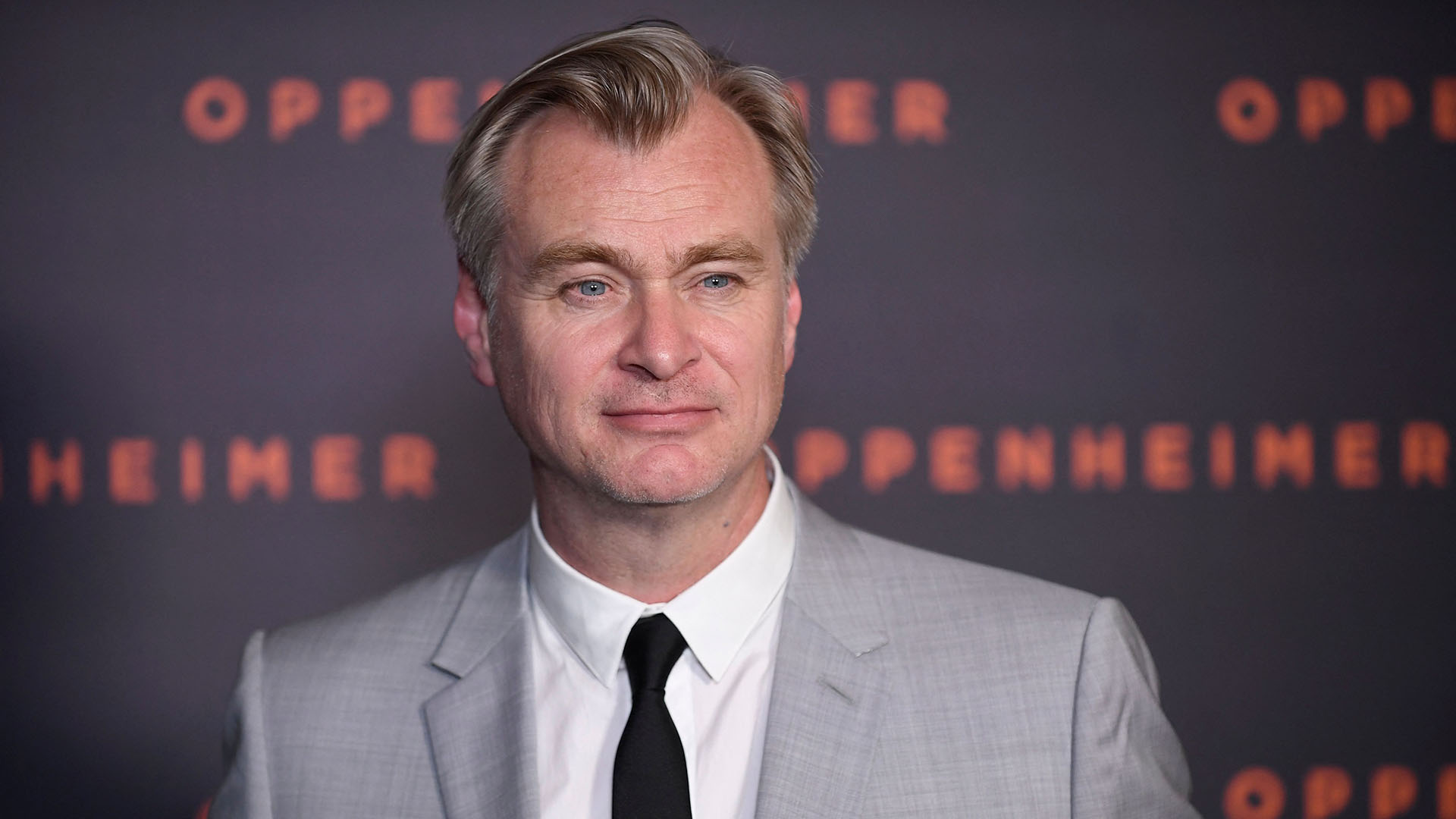
When director Christopher Nolan’s next project was announced, a biopic of the father of the atomic bomb, J. Robert Oppenheimer, the news received a mixed reaction. Choosing the theoretical physicist as his next subject matter was a natural step for the filmmaker who has long been fascinated with science (his beautiful odyssey Interstellar) and has tackled historical pieces before (the powerful Dunkirk). In fact, Oppenheimer himself is even mentioned in the auteur’s previous work Tenet, with star Robert Pattinson then gifting Nolan a book of the physicist’s speeches as a wrap present, further inspiring him.
However, it was the choice of the word ‘biopic’ in these news articles that led to some perplexity. This is Christopher Nolan that we are talking about, a filmmaker who never plays it straight and continually pushes cinematic storytelling to new, previously unexplored heights. His heist movie Inception was set in the world of dreams, his action spectacle Tenet saw the present coming under attack from the future, his Dark Knight superhero trilogy is a masterfully grounded crime saga, whilst murder mystery Memento featured a protagonist with anterograde amnesia. There was just no way that Oppenheimer would be a straightforward biopic.
The consequences of obsession
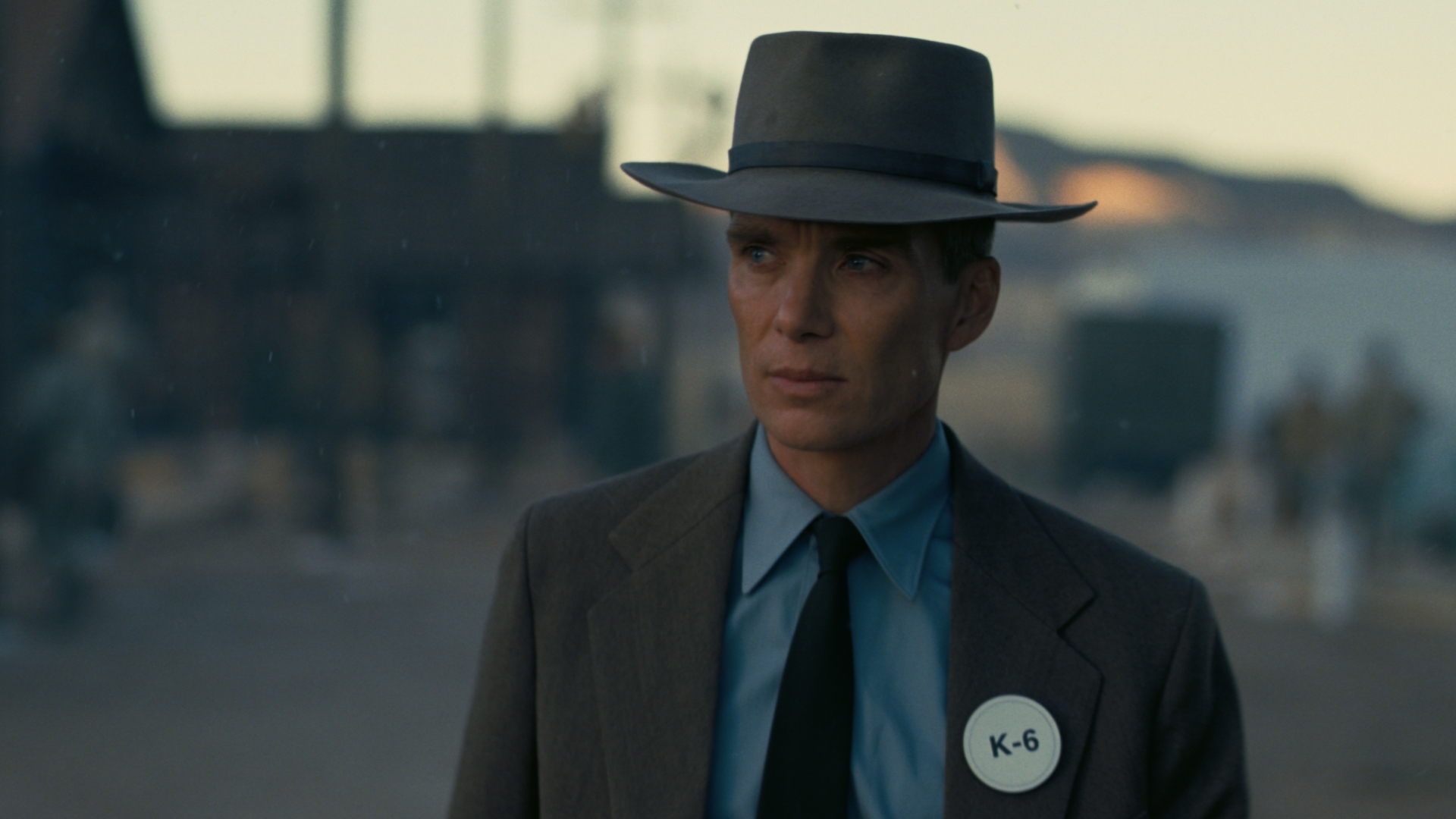
So, whilst the resulting film may indeed be biographical, exploring the events of Oppenheimer’s life and his pivotal role in developing the world’s first nuclear weapons as part of the Manhattan Project, a biopic it is certainly not. Instead, it throws all of these genre conventions out of the window, playing out like a psychological thriller, even at times as a horror. It drops the audience right in the middle of what Matt Damon’s General Groves accurately describes as “the most important thing to ever happen in the history of the world”. We witness these painful and exciting events through the eyes of those who were present, with that primarily being Oppenheimer.
As Nolan himself emphasizes in a conversation with GamesRadar+ ahead of the UK premiere: "This is not a documentary, it’s a creative interpretation of what it must have been like to be living this extraordinary life and be in these incredible, suspenseful situations." And "suspenseful" is indeed the word as Nolan continues his long exploration of obsession and consequences on the most extreme of scales - as seen in the film, there was a "near zero" chance, not a "zero" chance, that the detonation of the bomb during the Trinity test may ignite the atmosphere and destroy the world. Whilst that physically didn’t happen, the film certainly questions whether figuratively it did. The infamous words of the physicist - "I am become death, the destroyer of worlds" - echo throughout and long after the credits have rolled.
Fission vs. fusion

Crucially though the film isn’t attempting to pass judgment on Oppenheimer or his actions, and the same can be said for any of the men or women involved, instead presenting us with the varying perspectives they had on the most complex of moral choices. As Nolan tells us, "I wanted to really involve the audience in Oppenheimer’s dilemmas, I wanted them to not judge him, but to understand him." In order to do this, the film is presented via two sequences that paint a vast yet vivid picture: fission against fusion, color against black-and-white, Oppenheimer’s perspective against that of Lewis Strauss (a major figure in the politics of nuclear policy in the U.S, played by an incredible Robert Downey Jr. who will surely be gunning for Best Supporting Actor during awards season).
I wanted them to not judge him, but to understand him
Nolan even went to the extent of penning the fission scenes in first-person, something which is remarkably unusual for scriptwriting but allowed these to be very distinguished from the fusion sequences and really dive into Oppenheimer’s mind: "I wrote that, the fission portion, the color sequences, in the first-person and they’re very, very intensely subjective. It really is everything from Oppenheimer’s point of view. And then we contrast that with the fusion section, which is in black-and-white to just sort of orient the audience that yes, this is a slightly different point of view on Oppenheimer’s story, from a different point in time, more from Strauss’ perspective. Ultimately, the two things sort of come together. But for me, structure is very important. I really can’t embark on my script until I know the structure - then I know how it will play out across the film."
Collision
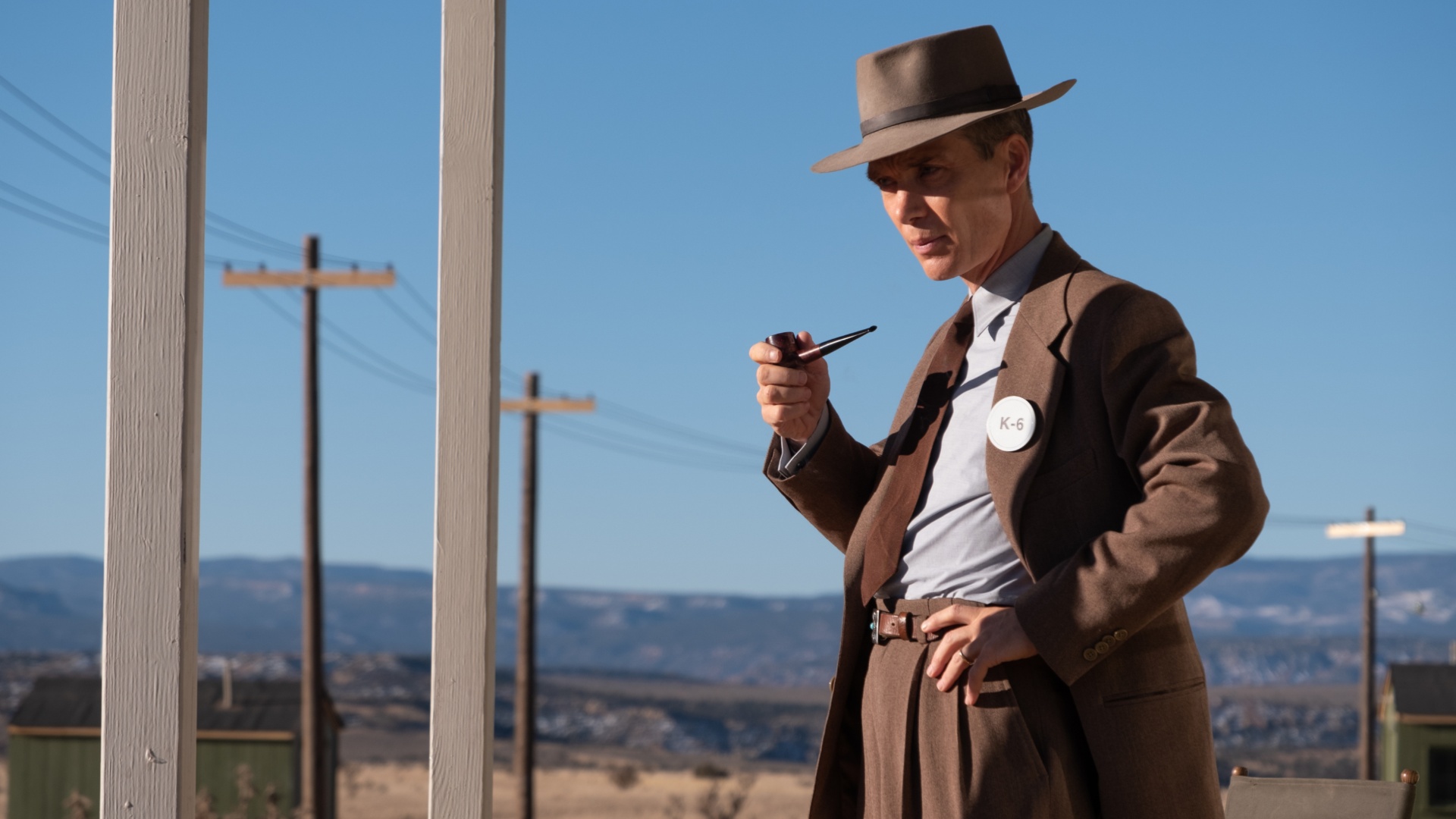
As Nolan teases, the two sequences collide, with certain pivotal moments being seen from both perspectives - fission and fusion, Oppenheimer’s and Strauss’. However, whilst the importance of the character of Strauss shouldn’t be underestimated (in fact, on my second viewing his role grew to become more critical), at the end of the day this is all about Oppenheimer and we therefore spend the vast majority of our time living behind actor Cillian Murphy’s haunting, piercing blue eyes. With Nolan writing this section from the first-person perspective the question therefore had to be asked - how on Earth do you even begin to tap into the troubled, tortured, and tremendous mind of Oppenheimer?
Bringing all the latest movie news, features, and reviews to your inbox
Well, Nolan admits that he is very grateful that he had a brilliant starting point in the award-winning biography American Prometheus, which gave him the confidence to dive into this complex tale: "I just had to interpret [chuckles]! I was very fortunate to be working from an incredible book by Kai Bird and Martin J. Sherwin, which was written over 25 years ago and won the Pulitzer Prize. It’s an incredible amount of authority and information that it provides you with. So, that gave me the confidence to interpret from there."
We weren’t looking for any kind of impersonation of Oppenheimer, instead we were looking to interpret
Once Nolan had written his interpretation of Oppenheimer it was time to pass that on to the actor portraying the physicist. That would be none other than Murphy, taking on his first lead role for the filmmaker after appearing in five of his films.
Having known each other for over 20 years, the director has long been searching for the perfect headline role for the Irish actor, entrusting him with this one. For Nolan, it was essential that Murphy then bring his own perspective to the script and character, layering that over the filmmaker’s interpretation: "When Cillian came onto the project, the first thing that I said to him was that we weren’t looking for any kind of impersonation of Oppenheimer, but instead we were looking to interpret and create our own character that gives the audience access to what the experience of living through these times might have been like."
An overwhelming power
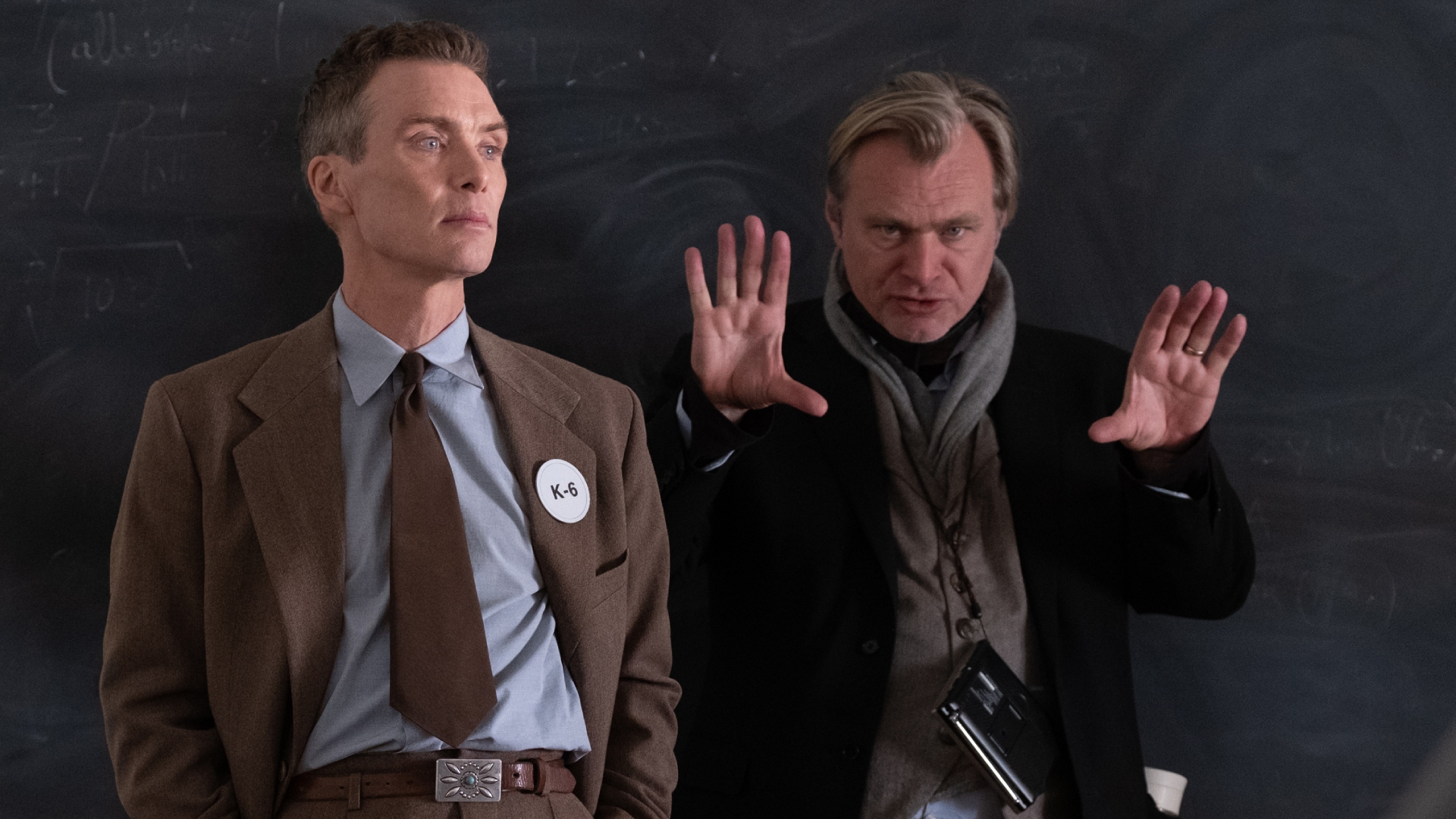
And we truly do live in Oppenheimer’s mind in the movie, seeing the world through his eyes which is unlike how anyone else views it. When looking up at the night sky Oppenheimer sees stars dying creating expansive black holes, and within the simplest of objects, atoms colliding. His already evocative, although sometimes exciting, visions grow increasingly darker following the detonation of the bomb as rooms are suddenly pierced with a blinding white light, and skin flays off the faces of the people standing in front of him.
There’s something kind of threatening about it, it’s a power that almost overwhelms him
Accompanied by composer Ludwig Göransson’s blazing score and a thoroughly immersive sound design, this arresting imagery is often extremely overwhelming - especially if you are watching on an IMAX screen - but that’s exactly the point of it, reflecting Oppenheimer’s state of mind.
For Nolan, it was the only way to show this unusual power that these physicists were exploring, as he passionately explains: "It’s letting us into his mind to at least see the radical and colossal nature of the shift from classical physics to quantum physics. These were wizards, visionaries, working at a time where they were completely reconceiving ideas about what the world is. They are looking into dull matter and are seeing energy there, energy that ultimately can be released as an atomic bomb. So, we needed this audiovisual thread from his innermost thought process as a young man that’s beautiful but inherently dangerous, there’s something kind of threatening about it, it’s a power that almost overwhelms him, he finds a way to channel it. That thread would run right the way through to the Trinity test, which is an outward expression of that power that he’s seeing everywhere around him."
Beauty in danger
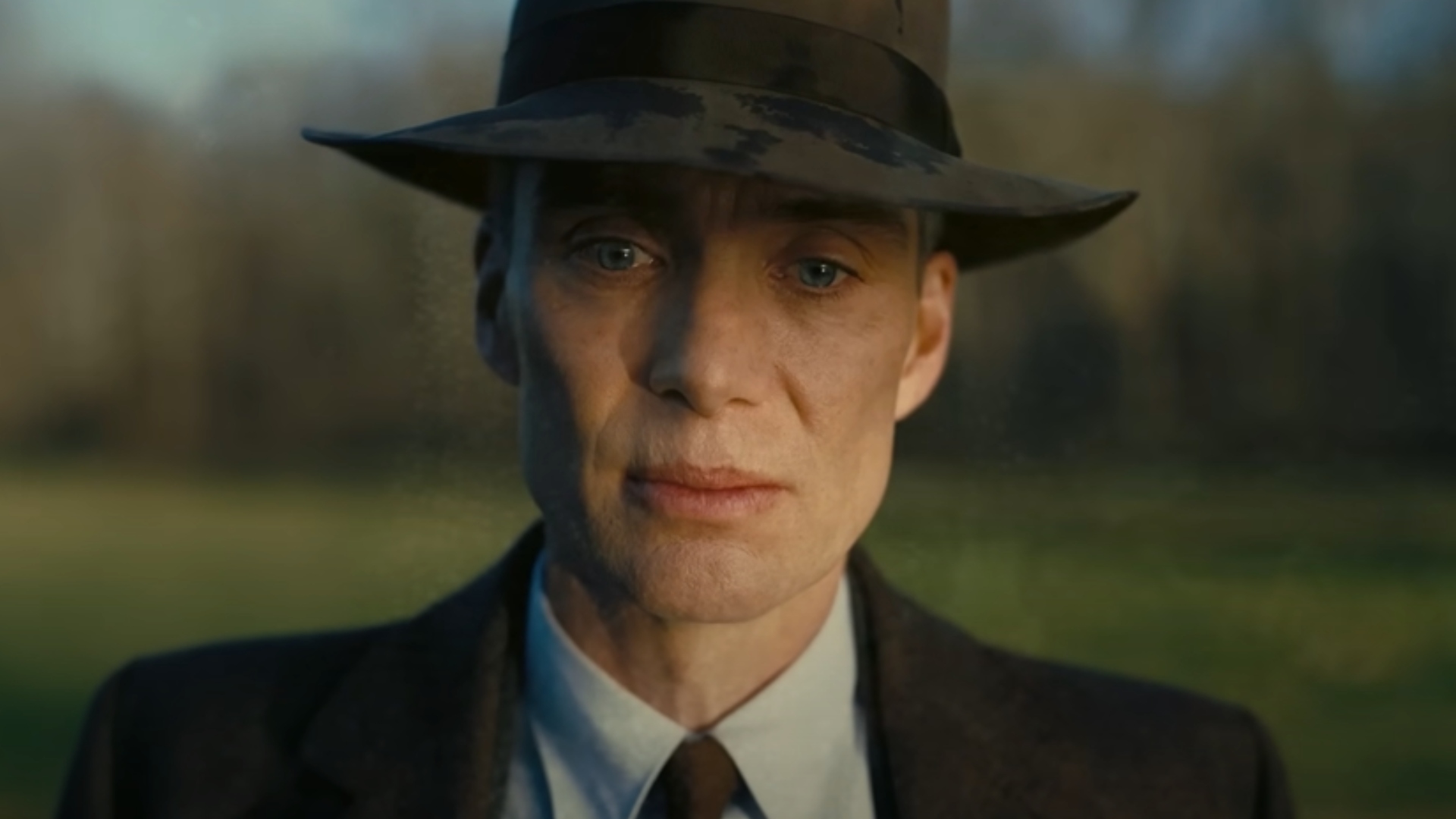
Much of the imagery used for Oppenheimer’s visions is also seen during the sequence many people will be waiting for - the Trinity test detonation. Going into the project, Nolan knew that this scene would be pivotal and require much hard work, especially since he remains loyal to practical effects with no CGI being used throughout all three hours of Oppenheimer. And for the filmmaker, linking Trinity to the physicist’s early visions was the key to unlocking this climactic moment: "We’ve tried to link the techniques. One of the first people that I showed the script to was my visual effects supervisor Andrew Jackson and I said to him that I didn’t want to use computer graphics, but we needed to come up with a toolkit, a library of imagery, that can represent these concepts of waves, particles, energy, outer space, and inner space, contrast these things. And we wanted the feeling throughout to be an analogue sense that connects all of these things up to and including the Trinity test, which had to be absolutely beautiful but absolutely dangerous at the same time. It had to have that real threat."
It had to have that real threat
Whilst Nolan’s movie offers no easy answers, no judgment, no conclusions, leaving it up to audiences to decide for themselves how they feel about the events which played out, one thing is abundantly clear - Oppenheimer draws from the director’s fear of nuclear power. As he states above, it is a "real threat", both then and now, with this film throbbing with urgency. Despite being set in the past, it very much speaks to the world we live in today and what lies ahead.
Oppenheimer releases in UK and US cinemas on July 21. For more on the film, you can read our interview with actors Emily Blunt and Matt Damon, and listen to the latest episode of the Inside Total Film podcast for our chat with Cillian Murphy and more Nolan.
In the meantime, check out our guide to the rest of the most exciting upcoming movies in 2023 and beyond.

Emily Murray is a former Entertainment Editor of GamesRadar+, once responsible for overseeing all the online content for Total Film and SFX magazine. Emily has previously worked for the BBC, Zavvi, UNILAD, Yahoo, Digital Spy and more. When Emily isn't writing about film and TV, she can be found cuddling her cat on the sofa, likely bingeing New Girl for the millionth time (Nick Miller is the love of my life). You can also find her waxing lyrical about Christopher Nolan on a podcast dedicated to his filmography.


